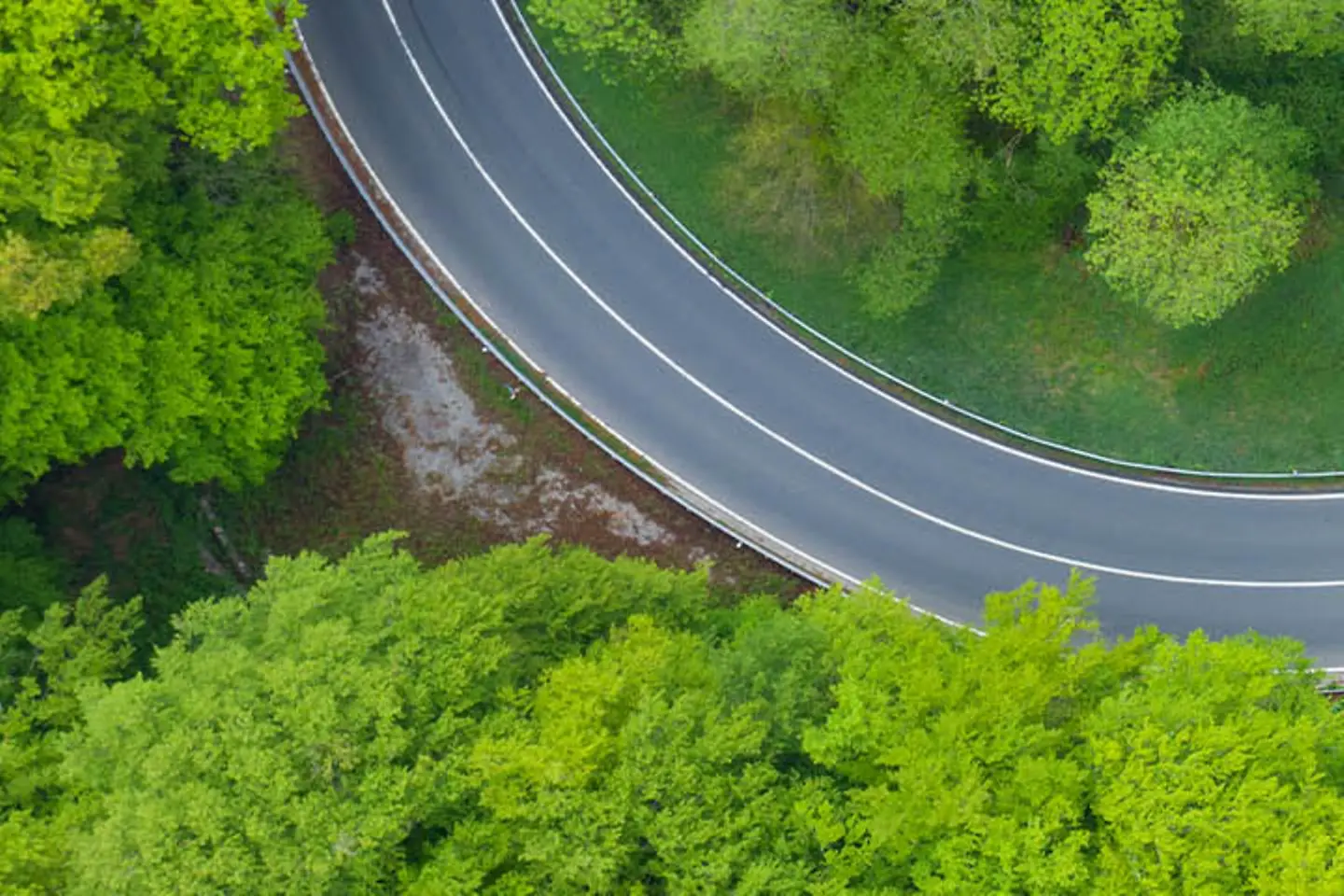
It's no secret that the transport sector is one of the major contributors to global greenhouse gas (GHG) emissions. According to a recent study by IEA, post-pandemic, global CO2 emissions from this sector, which includes private vehicles and public transport, rebounded by 8% Y-O-Y and notched up a 37% share of emissions from end-use sectors in 2021. Things are not looking up in Germany either. According to a report by Statista, road transportation was the second highest CO2 contributor and accounted for 21.2% of Germany’s emissions in 2021. Historically, public transport has been the slowest sector to cut down on emissions.

Now, imagine a scenario where a public transport operating company can deploy automated buses based on public demand, saving not only costs, but also emissions that are harmful to the environment. This scenario is currently being tested as a prototype on the roads of Frankfurt’s Riederwald district in the form of an electrified “autonomous shuttle-on-demand” service by a public transport service provider, with help from an Artificial Intelligence (AI) solution by T-Systems International.
The solution is undergoing test runs since November 2022 and will continue into August 2023. With this project, the public transport service provider aims to investigate how autonomous electric vehicles can be integrated into everyday public transport. For the first time in Germany, passengers in Riederwald can order the mini-bus using an app. Computer vision is a scientific discipline that deals with image processing, and in this case, it’s also the name of T-System’s AI solution.
The solution has four main components which are installed in the mini-bus: a video camera, a small computer, a communication unit for mobile communications, and WLAN. It also has GPS tracking enabled. But the true intelligence of the solution lies in its pre-trained, AI-based application. It scans the passenger compartment and can handle four specific use cases: the number of people on the bus, whether they are wearing masks, whether they are standing, and whether a passenger has forgotten a bag in the bus. However, it’s important to note that the T-Systems solution does not control the vehicle, but only analyzes the vehicle body from inside.
A potential add-on is a tablet PC or screen that is integrated into the bus. Communications with passengers are implemented depending on the customer's requirements and can be mono- or bi-directional. For example, if a passenger is standing or not wearing a mask, they receive an appropriate message. The tablet PC also serves as an information medium in case unusual traffic situations arise—such as traffic jams or accidents.
The application on board analyzes the data analytics from the object recognition software and transmits it to the customer’s back-end system. The Open Telekom Cloud, including a dashboard from T-Systems, can also be used as the back-end system. However, the images and videos captured on board the bus are evaluated in real time by an edge device and not sent to the back-end system for storage. The application only identifies the “number of persons”. This completely anonymized number is then added to the dashboard and the stored data.
The solution provides numerous benefits for the transport industry, which are:
The potential of AI in public transport doesn’t just stop at self-driving buses. It can propel a revolution in the transportation sector with many innovations such as intelligent traffic management, smart fleet management, delay predictions, road condition monitoring, automated traffic incident detection, driver monitoring, and much more. The time is ripe for companies to consider AI solutions to make informed decisions, stay ahead of the competition, and do their bit for the environment. A demonstration of how this AI system works is available at our innovation locations.